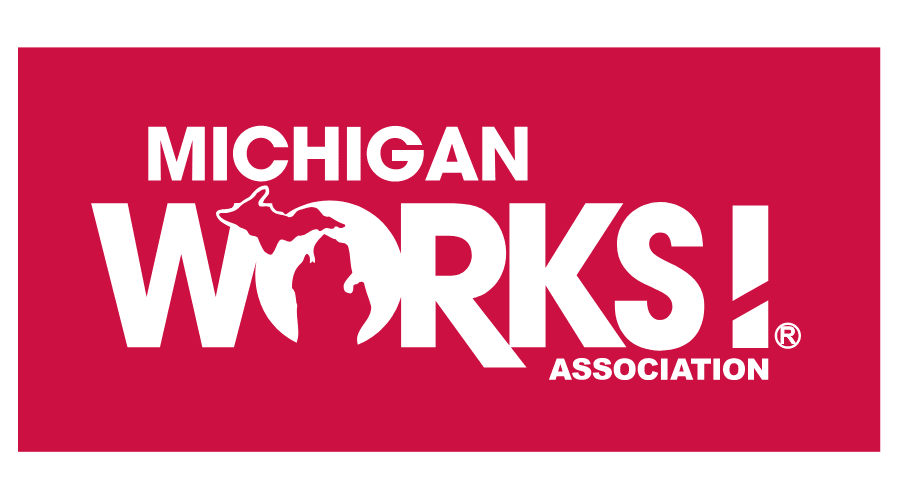
With March being National Women’s History Month, it seems like a good time to talk about women in the workforce. Rather than Michigan Works! Association's CEO Ryan Hundt, Chris Holman is joined by Kimberly Way, MW!A's Cheif Experience Officer, Lansing, MI.
Watch Kimberly and Chris discuss women in Michigan's workforce in the YouTube video below:
With March being National Women’s History Month, it seems like a good time to talk about women in the workforce. What information can you share about women in the Michigan workforce?
· Between 2015 and 2020, women made slow but steady representation progress in the workforce.
· When the pandemic started in 2020 that progress not only came to a halt but careened backwards.
· Over 200,000 women have left the workforce in Michigan over the course of the pandemic.
· Women were hit particularly hard by the pandemic and its related economic impact, from mothers shouldering the majority of child and domestic care to women in the service and hospitality industries.
· According to a report by the Michigan Bureau of Labor Market Information and Strategic Initiatives entitled “Women in the Michigan Workforce,” only 57 percent of women in the state work full-time, year-round compared to 71 percent of men.
· Additionally, women working full-time, year-round in Michigan in 2019 made about 78 cents on the dollar compared to men.
· Women in Michigan are also more likely to work multiple jobs than their male counterparts.
· We also hear frequent questions regarding the type of industries in which women work.
· While women are employed across the Michigan economy, they tend to be more heavily concentrated in service-based industry sectors.
· Healthcare and social assistance and educational services are overwhelmingly female, with women representing almost 80 percent of total jobs and 70 percent, respectively.
· The industry sector with the least female representation is construction.
Speaking of construction, the week of March 6-12 is designated as Women in Construction Week. Why is this an important celebration?
· The focus of Women in Construction Week is to highlight women as a visible component of the construction industry.
· Leaders in business, government, labor, and others in Michigan have been launching programs and initiatives to encourage more women to consider jobs in construction because it is such an in-demand field.
· Though more women are joining the construction industry than ever before, they still make up a very small portion of the workforce.
· Women continue to make less money than their male counterparts, are in fewer leadership roles, and women’s unemployment is down nine percent nationally from 2020.
· Of the over 179,000 jobs in the Michigan construction sector in 2020, 14 percent were held by women, according to the U.S. Census Bureau.
· Additionally, Michigan women accounted for 2,150 out of 19,730 active registered apprenticeships in 2019, representing just under 11 percent of the total.
· The Michigan Apprentice Steering Committee Inc., a statewide group of business, labor, education, and government has been working to lure more people to these industries.
· There is still much work to be done to fully include women in construction.
· To increase recruitment and improve retention, companies need to acknowledge and remove gender bias from work culture, develop training programs and local mentorship groups specific to the needs of women, include more women in the hiring process, and encourage women to become role models for other women.
· Schools and educational programs need to highlight the value of construction jobs for women and young girls so they can see the industry as a viable career path.
· With more and more groundbreaking women chipping away at gendered norms and leveling the playing field, the industry is taking bigger steps at becoming a more diverse and inclusive space for future generations.
Child care has always been considered a barrier to employment but the pandemic has intensified that barrier. It has also made it abundantly clear that our early childhood workforce is underpaid and undervalued, and the childcare field is predominantly made up of women. Can you talk more about Michigan’s early childhood workforce crisis?
· While many childcare businesses remained open to help parents in essential jobs during the pandemic it has become increasingly difficult to continue to provide high-quality services.
· There are many barriers to a thriving and high-quality early childhood workforce.
· Too little is known about the early childhood workforce and there has been a failure to collect and make public sufficient data on compensation, training, and working conditions across early childhood sectors.
· Without comprehensive data, it is more difficult to craft a cross-sector workforce strategy and assess its implementation over time.
· Despite the proven impact of early childhood programs on children’s learning and development, the high return on investment from intervening early, and the long-term benefits of the state’s economy, Michigan does not adequately support a strong cross-sector early childhood workforce.
· Many early childhood workers struggle to obtain additional education and training and lack a pathway for career advancement.
· Gender and racial inequities have suppressed wages and ignored the high-level skills needed to work with very young children and their families.
· Michigan Works! partnered with the Michigan Department of Labor and Economic Opportunity and Great Start to Quality to offer virtual childcare job fairs across the state throughout the month of February.
· Additionally, the Michigan Works! Association offered a virtual panel discussion on this important topic on February 15.
· If you weren’t able to catch that panel discussion live, you can find it on the Association’s YouTube channel.
· This is an important topic the Association will continue to focus on and will offer more information about, in the coming months.
How can our listeners learn more about the Michigan Works! Association and the Michigan Works! network?
· You can visit our website at michiganworks.org to learn more about the Association.
· On the Association website, you will also find a map that will link you to the websites of each of our Michigan Works! organizations.














